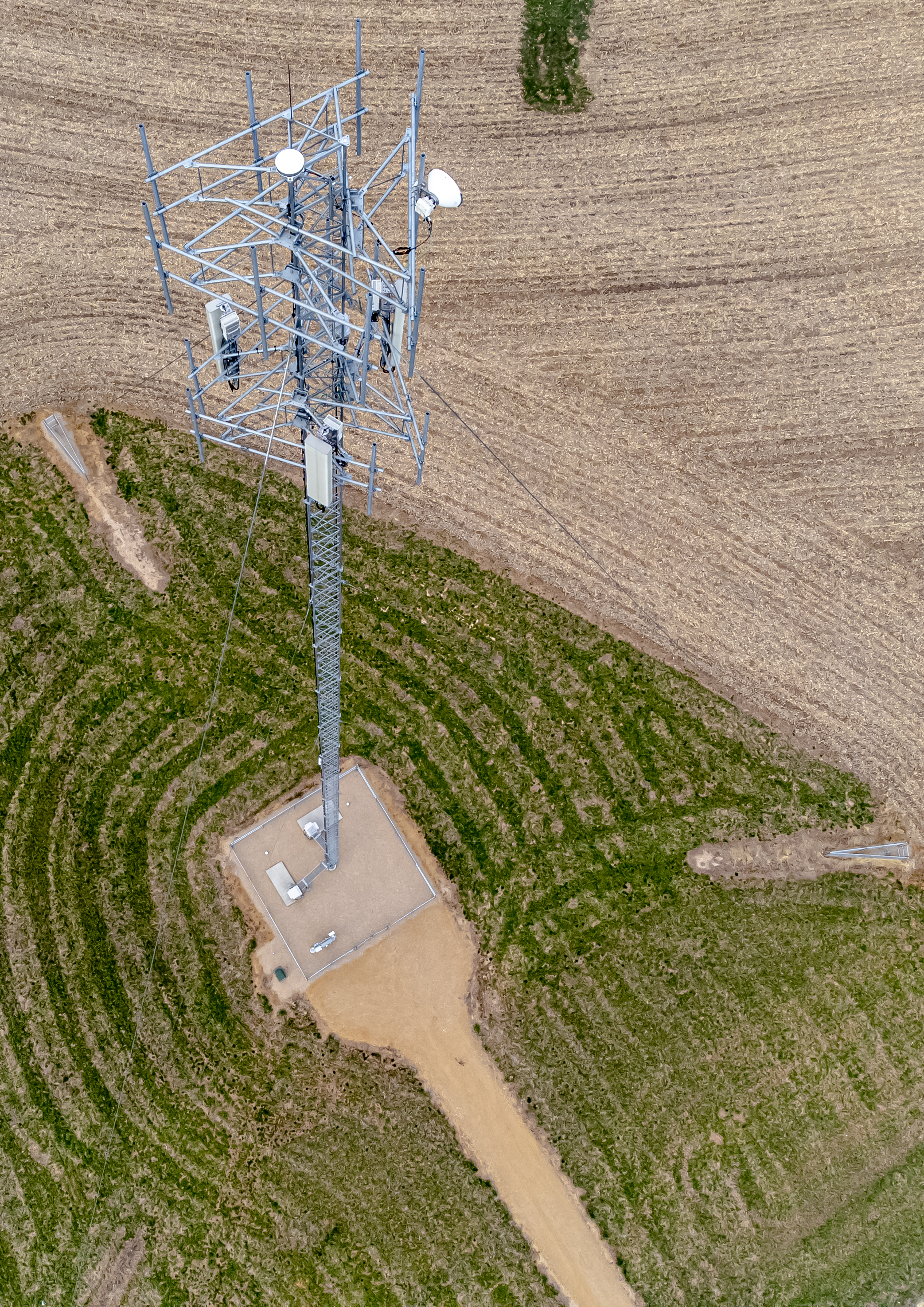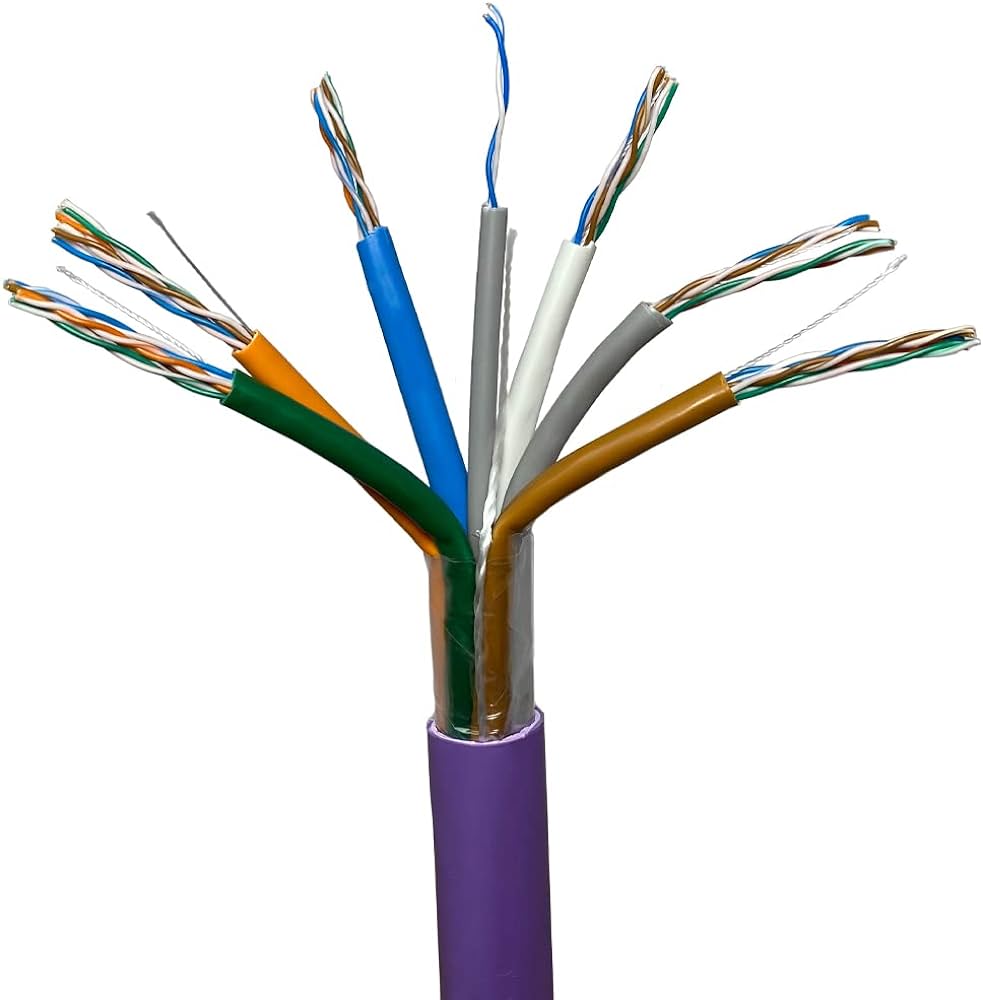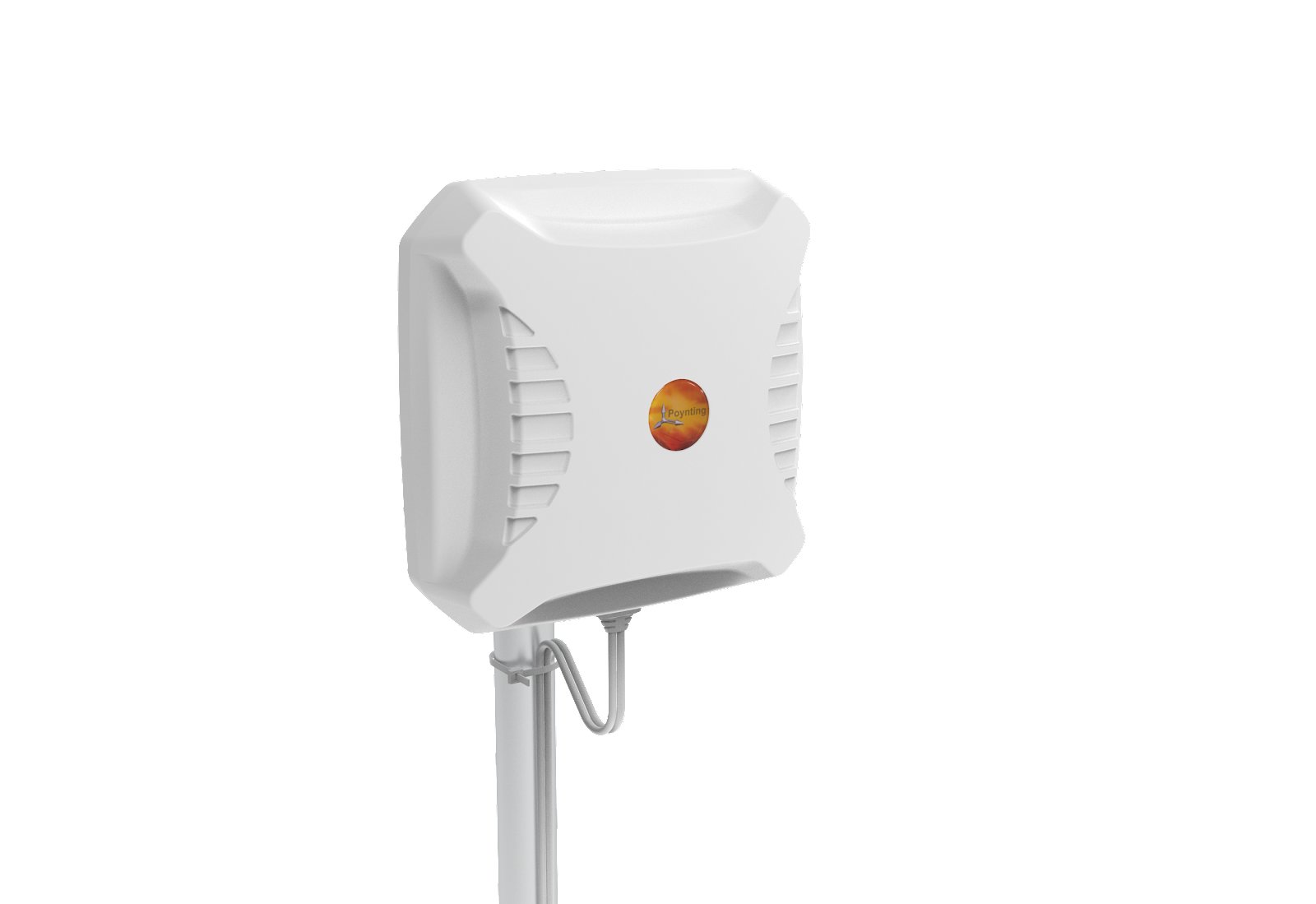4G antenna performance can be difficult to troubleshoot. When your LTE antenna isn’t working as you’d expect, it becomes abundantly clear that you’re working with forces you can’t see. Most people will try to attack the issue with trial and error until their performance becomes acceptable, only to then forget what they did to fix the problem.
In this article, we’ll point you in the right direction. By leveraging a couple of handy, free tools and exercising some patience you’ll be able to optimise the performance of your 4G antenna and get the kind of connectivity you deserve.

First Steps: Cell Masts
In our 4G Antenna Setup Video Guide, embedded below, we discuss the importance of determining the locations of local cell masts before going any further with antenna optimisation.
Your antenna works by communicating with the cell masts in your area. If yours is a directional antenna, then it can only send and receive RF energy in the direction in which it’s pointing. Therefore, if your antenna isn’t oriented toward a local cell mast, it won’t be able to efficiently communicate with one. Of course, this will negatively impact your antenna’s performance. Even if your antenna is omnidirectional, you’ll likely see performance benefits from moving it to the side of the house closest to your nearest cell mast.
Cell Mapper is an online tool you can use to locate all of the cell masts in your area. Once located, take note of which antennas are broadcasting for which providers. If the contract for your cellular data is with a provider who is poorly represented by the cell masts in your area, you should consider changing to a more strongly represented provider. Sticking with a provider who is poorly represented in your area leaves you with fewer options and less margin for error when it comes to orienting your antenna.
Second Steps: Mounting Your Antenna
Once you know where the local cell masts are and know you’re with the best data provider for your area, you’ll want to consider different mounting options for your 4G antenna.
There are a number of considerations to take when mounting your antenna, but the following guidelines will help to keep things simple.
One: Mount outside
If you position your antenna indoors, it will have to communicate with its cell mast through obstructions (walls, in this case). Unsurprisingly, this will negatively impact antenna performance. Mount your antenna outside and route the cable to your 4G modem indoors to reap performance benefits.
If you can’t mount the antenna outside for any reason, then mounting on the inside of a window on the top floor of your house will be the best option. Most antennas ship with suction cups as a mounting option, so you can attach these to a window. Glass will impede signal less than a solid wall, so this is the best option for an inside-the-home installation.
Two: Orient effectively
If you’ve located your surrounding cell masts and you’re with a good provider for your area, this step should be quite simple. With directional antennas, the further from the cell mast you are, the more difficult it will be to orient it properly. Small tweaks in the angle of orientation can lead to big swings in performance, so make changes slowly and incrementally, measuring performance as you go using a simple tool like speedtest.org to determine the best orientation.
Three: Mount high up
Antennas often ship with some kind of a pole mounting option. If you can mount your antenna on a pole, you’ll help to give it additional elevation. The higher your antenna, the fewer (in general) obstructions there will be to serve as possible obstructions.
Four: Use quality cable
Once your antenna receives a signal, that signal has to travel to the modem to be modulated into binary, thereby making it readable to your local network. For this transportation to take place, you need cable and, unless your antenna was shipped with a factory-mounted cable, you’re at liberty to choose the cable for yourself. You get what you pay for here, so go with a high-quality coaxial cable.
Five: Situate close to the modem
Since coaxial cable is relatively expensive and thick, there are multiple advantages to using as little of it as possible, in addition to minimising signal degradation.
Though 4G antennas themselves are (usually) IP rated to various levels of weatherproofing, many 4G modems are not afforded the same protections.
However, if you can situate your 4G modem outside and as near to your antenna as possible, then you can accrue some significant savings. You’ll only need to purchase some shielded twisted pair (STP) ethernet cable. A higher category will offer greater speeds and more shielding will offer greater protection against attenuation.
Read our blog post on structured cabling for more on ethernet cable and its categorisation to choose the right product.

Third Steps: MIMO and Further Optimisation
The above recommendations will solve the majority of 4G antenna performance issues and can be considered the 20% of the effort that returns 80% of the results. Aside from those steps already mentioned, there are a few other things you can do that may further improve performance.
One: Don’t rule out ‘Wrong’ locations
Despite one’s best efforts to work in harmony with the physics of 4G antennas, there is still a multitude of factors beyond our control that affect performance. For this reason, if you’ve tried everything we’ve already mentioned and are still not getting the results you would expect, then it might be time to think outside the box.
These aforementioned factors are the reasons that antenna set up can feel like more of an art than a science. Occasionally, you’ll find that you actually achieve better performance with locations that make no intuitive sense. With your antenna on the opposite side of the building to the cell mast, you can actually achieve better results. In the majority of cases, of course, this will not be the case, but it happens often enough for us to mention it here.
Two: A note on radiation patterns
It’s common for the average consumer to buy an antenna based only on its maximum gain. We have a blog post on the overstated importance of antenna gain when it comes to performance and the underappreciation for strong radiation patterns.
In short, high gain will exaggerate the existing radiation pattern of an antenna.
An antenna’s radiation pattern is the shape of the radio frequency (RF) field it distributes in 3D space.
In the manufacturing of an antenna, its radiation pattern can be manipulated by design to exaggerate its strength in particular planes and/or directions (this is how directional antennas are made and differentiated from omni-directional antennas).
A poor radiation pattern will only loosely exaggerate strength in a particular direction or plane, resulting in wasted energy.
Greater antenna gain exaggerates the radiation pattern, so greater gain on an antenna with an ineffective radiation pattern will simply exaggerate the radio frequency field in useless directions.
Poynting antennas are renowned worldwide for their excellent radiation patterns and come highly recommended. You can trust that, with a Poynting antenna, its radiation pattern will not be the weak link in the antenna-performance-chain that it often is with LTE antennas from other manufacturers.

Three: Combine with another antenna to create an array
Two antennas can be configured to work in unison, aggregating their capabilities to produce better results.
The IO (Input/Output) from one antenna will be combined with that of another to produce what is known as MIMO (Multi-Input/Multi-Output). By having double the receiving/transmitting nodes, the antenna is capable of achieving significantly faster data rates.
Many modern antennas, such as the Poynting XPOL-1-5G, are manufactured with MIMO capabilities pre-installed, carrying two antenna nodes within a single enclosure. Such antennas outperform their SISO counterparts, which brings us to our final point.
Four: Try a different model of antenna
The last resort, but if you’ve tried everything on this list and are still not getting any joy, it may just be that the model of 4G antenna you have is not right for your application.
Soon, we’ll have an antenna buying guide ready to help you make an informed purchase as to the best antenna for you. Until then, be sure to get in contact with us directly for some personalised advice on what antenna to choose.
If you haven’t yet purchased your antenna, consider buying a MIMO antenna with a strong radiation pattern, such as the Poynting XPOL-1-5G if you’re looking for an omni-directional antenna, or the Poynting XPOL-2-5G if you’re looking for a directional antenna. Remember that, if you need an antenna that can strengthen your WiFi signal, you’ll need to look for an antenna that covers WiFi frequencies and is listed as a WiFi antenna, rather than a 4G/LTE antenna.
Conclusion
If the performance of your 4G antenna is getting you down, try the above tips. We’re sure that they’ll help.
If everything discussed here has you feeling a little overwhelmed, we’d love it if you contact us directly for some personalised advice on which 4G antenna to buy, as well as which of the above adjustments are most likely to have the largest, most immediate impact for you.


